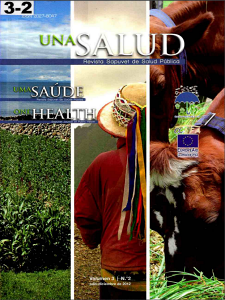Abstract
The “flattening” of the world economy has produced many consequences. Over the past few decades, in fact, numerous technological developments have fundamentally contributed to a new pattern of food production, distribution, and consumption. As consequence, food products containing raw materials from multiple regions travel across many national borders for consumption or further processing. In response to ever-increasing multinational food safety incidents, many countries have been revising their food safety law systems and laid down various new regulatory measures. This paper covers the limitations of regulation by national food laws by analyzing the recent advances of the food safety regulatory framework of three major players in the global food trade: China, the United States, and the European Union. Contemporary food safety issues are of the same nature as the food production process: globalized. Consequently, the challenges that have to be faced, are beyond the competencies of individual nations. A comprehensive food safety regulatory strategy at both national and international levels is needed.Downloads
Download data is not yet available.



